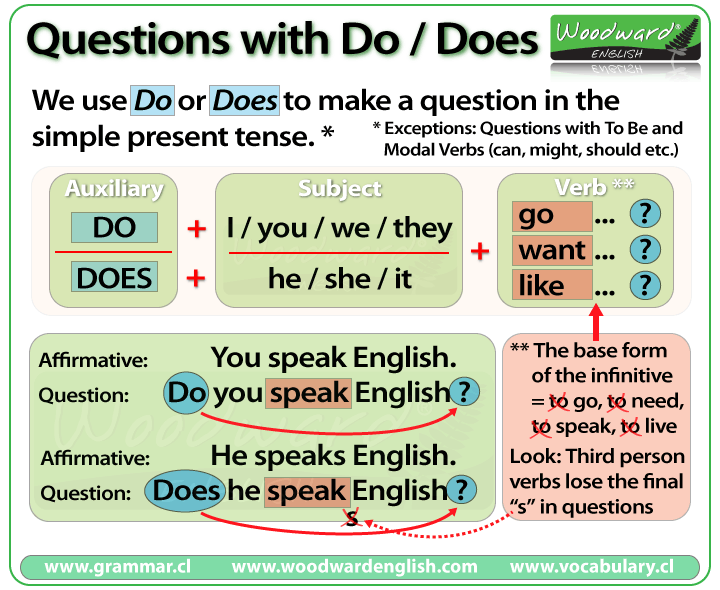How Population Shifts Are Shaping American Political Power and Party Coalitions
Introduction
American politics has always been influenced by the nation’s changing population. Over the last several decades, shifts in demographics and geographic distribution have had substantial effects on party coalitions, voter behavior, and the distribution of political power. This article provides an in-depth analysis of how these population changes have impacted American politics, drawing on recent research, verified statistics, and expert commentary.
Demographic Shifts and Party Coalitions
The United States has experienced significant demographic transformation, particularly in terms of racial and ethnic diversity. The rise of Hispanic, Asian, and Black populations has altered the composition of the electorate. This trend is especially notable in states like Texas, Florida, and Georgia, which have seen rapid population growth and increased diversity.
These demographic changes have led to shifts in party coalitions. The Democratic Party, for example, has increasingly drawn support from younger, more racially diverse voters. Conversely, the Republican Party relies more on older, white voters, particularly those without college degrees. The generational divide is also apparent, with Millennials and Generation Z voters tending toward progressive policies, while older voters remain more conservative [1] .

Source: chaganomics.com
Despite these changes, the balance of power between the two major parties has remained remarkably stable. Analysis by the Pew Research Center shows that, even as the electorate has diversified, the relative size of the party coalitions has stayed nearly identical over the past 30 years. This political deadlock is partly due to offsetting trends, such as turnout gaps between minority and white populations and differences in political alignment by region [4] .

Source: johnjayimpact.org
Geographic Shifts and Redistribution of Political Power
Population growth and migration within the United States have affected the geographic distribution of political power. The shift of residents from the Northeast and Midwest to the South and West has altered the apportionment of seats in the U.S. House of Representatives. For example, Texas gained eight House seats and Florida gained five from 1998 to 2023, while New York lost five seats. These changes are significant because congressional representation and Electoral College votes are determined by state population [5] .
The growth of urban and suburban areas, often characterized by more diverse and younger populations, has increased Democratic strength in these regions. In contrast, rural areas-where population growth has been slower or negative-remain strongholds for the Republican Party. This urban-rural divide has contributed to increased polarization in American politics [3] .
States experiencing rapid population increases, such as Texas, Georgia, and Arizona, have seen their political landscapes become more competitive. However, high population growth does not guarantee a shift in party dominance. For instance, despite significant demographic change, Republican electoral success persists in states like Florida and Texas, due in part to turnout gaps and regional variations in voter preferences [3] .
Changes in Voter Behavior and Political Polarization
Demographic and geographic shifts have led to changes in voter behavior, contributing to political polarization. The increasing diversity of the electorate has brought new priorities and perspectives into political discourse. Younger voters, who are more likely to support progressive candidates and policies, have become a larger share of the electorate as the Baby Boomer generation ages [1] .
Education divisions have also sharpened, with voters holding college degrees tending to support Democrats, while those without degrees are more likely to back Republicans [2] . These divisions are reflected in voting patterns, policy preferences, and the types of candidates who are successful in different regions.
The rise of swing territories, such as Orange County in California and Maricopa County in Arizona, underscores the dynamic nature of U.S. politics. These areas have become battlegrounds where demographic changes have eroded longstanding party dominance, making elections more competitive [4] .
Accessing Data and Understanding Local Impact
If you wish to better understand how population shifts are affecting political power in your area, you can access official demographic and electoral data through the U.S. Census Bureau. Visit the Census Bureau’s website and search for “Population Estimates Program” or “Congressional Apportionment” to review state-by-state changes. For electoral analysis, consider examining reports from the Pew Research Center or the Brookings Institution, both of which publish detailed studies on voting trends and demographic impacts. When seeking information on House seat distribution, use the official U.S. House of Representatives website.
To investigate the political implications of local population changes, you may:
- Review county-level election results on your state’s official election board website.
- Search for “voter demographics” and “party affiliation trends” at the Pew Research Center.
- Contact your local government office for recent census and electoral data.
- Explore academic research published on university websites, such as the Brookings Institution and LSE USAPP Blog.
Challenges and Alternative Perspectives
Despite the clear trends, it is important to note that demographic change does not guarantee political outcomes. Factors such as voter turnout, regional identity, and political mobilization play crucial roles. The persistent turnout gap between white and minority populations, for example, has limited the impact of increased diversity on election results [3] . Additionally, there is no single pattern of change; while some states are becoming more competitive, others remain firmly aligned with one party.
Political polarization has been exacerbated by these shifts, with urban areas trending more Democratic and rural regions more Republican. This divide has contributed to legislative gridlock and heightened tension in national discourse. Experts caution that while demographic trends present opportunities for change, they do not predetermine political outcomes [2] .
Key Takeaways and Next Steps
Population shifts have reshaped American politics by:
- Increasing the diversity of the electorate and altering party coalitions.
- Redistributing congressional power through changes in state populations.
- Intensifying political polarization along geographic and demographic lines.
To stay informed, you can regularly review official census data, follow research from reputable policy institutions, and participate in local civic organizations to understand how these trends affect your community. For comprehensive election data, search the U.S. Census Bureau, Pew Research Center, and Brookings Institution websites for reports on “demographic shifts” and “electoral trends.” Always verify information using official sources and academic research.
References
- [1] YouTube (2024). What Effect Did the Shift in Population Have on American Politics?
- [2] Brookings Institution (2022). America’s Electoral Future: Demographic Shifts and the Future of the U.S.
- [3] LSE USAPP Blog (2024). Population trends mean that we may be seeing the beginnings of a return to a two-party South.
- [4] LA Times (2024). Why changing U.S. demographics aren’t affecting the political balance of power.
- [5] Population Reference Bureau (2023). Shifts, Flips, and Blips: Reflecting on 25 Years of U.S. Population Change.



